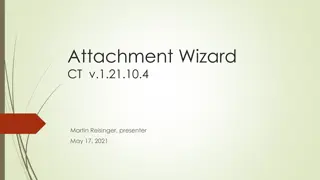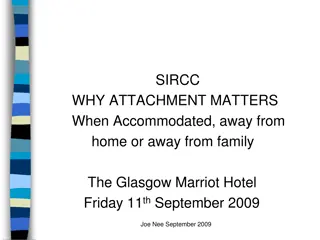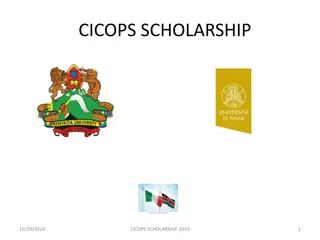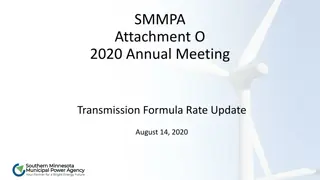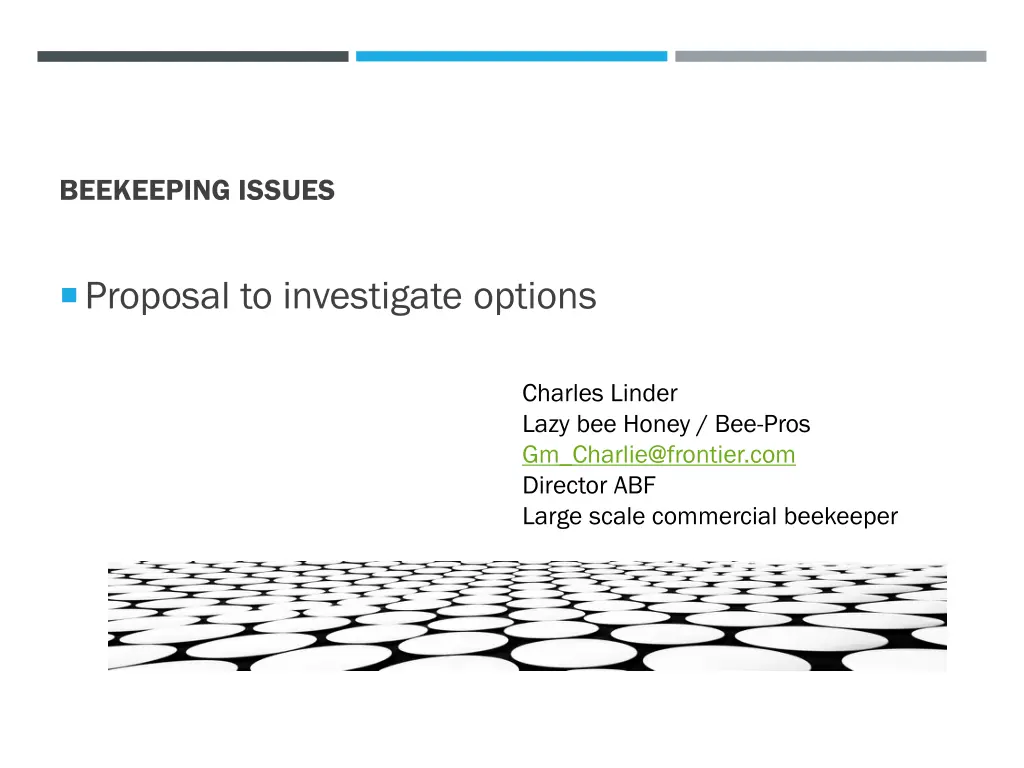
Investigating Solutions for Varroa Mite Control in US Beekeeping Industry
Explore the challenges faced by US beekeepers due to off-label varroa mite control methods, leading to resistance and safety concerns. The small group of beekeepers responsible for pollinating a significant portion of US food crops lack political influence, hindering necessary approvals for varroacides. Current EPA procedures are slow and costly, posing significant barriers to registration. Solutions are needed to address these critical issues in the beekeeping industry.
Uploaded on | 0 Views
Download Presentation

Please find below an Image/Link to download the presentation.
The content on the website is provided AS IS for your information and personal use only. It may not be sold, licensed, or shared on other websites without obtaining consent from the author. If you encounter any issues during the download, it is possible that the publisher has removed the file from their server.
You are allowed to download the files provided on this website for personal or commercial use, subject to the condition that they are used lawfully. All files are the property of their respective owners.
The content on the website is provided AS IS for your information and personal use only. It may not be sold, licensed, or shared on other websites without obtaining consent from the author.
E N D
Presentation Transcript
BEEKEEPING ISSUES Proposal to investigate options Charles Linder Lazy bee Honey / Bee-Pros Gm_Charlie@frontier.com Director ABF Large scale commercial beekeeper
THE PROBLEM The majority of US beekeepers are using off- label and unapproved methods for control of varroa mites
THE PROBLEM Once beekeepers are forced into being scofflaws, each person doing and trying their own thing becomes the norm. There can be no central information base or instructions, as it s ALL off label. No one can give directions on off-label applications This leads to more rapid development of resistance, and potential safety or contamination issues
THE PROBLEM The stark reality is there are around 1000 beekeepers responsible for pollination of around 1/3 of the food crops in the US. (I myself pollinate almost of the ornamental pumpkins in the USA)
THE PROBLEM This small group of beekeepers, despite their importance, have almost zero political clout or savvy, and their needs are of small economic importance, which makes sponsors unlikely to invest in approvals
THE PROBLEM The current system has the industry using the EPA for pesticide approvals
THE PROBLEM Registration of critical varroacides for use by our industry currently must go through EPA
THE PROBLEM Current EPA procedures are not designed to be responsive to the needs of livestock in general
THE PROBLEM EPA systems are designed to be slow and deliberate for good reason. The cost and timing for registering a new varroacide is prohibitive, even in the relatively fast Bio Pesticide group
THE PROBLEM The cost and timing: Typical data submission packet cost in the 5 million range, and minimum timing of 17 months approval alone, turns all these into 3-5 year projects
THE PROBLEM EPA guidelines are designed for LARGE scale exposures. As it stands we actually fall well into experimental guidelines. Those guidelines are set at 40 acres or less In some instances we fit in what is termed minor use waivers, but that does not allow us to manufacture and develop or sell a product
THE PROBLEM Varroa mites on our honey bee livestock do not fit well into this pesticide registration profile. We are trying to manage a bug on a bug, and the pest is evolving quickly The honeybee/ varroa lifecycle is measured in days, not years or even months
THE PROBLEM Example: Due to the failure of registered products and approved application methods, beekeepers worldwide are switching to extended-release oxalic acid (OAE) for varroa control. Frustratingly, the fastest approval time for registering an OAE product via EPA would be at least a year Simple label or guideline changes are measured in years. In the mean time, we suffer losses that are devastating to our industry. So as a group, we are forced break the rules in order to save our livestock. ( and thereby the nations food security also)
THE PROBLEM There is also a new and upcoming issue with Athena Tumida (small hive beetle) beetles are typically controlled via pesticide, but as they are an in hive pest, there are treatments in the work for in hive, and even possibly in bee food as an additive to pollen substitute Where does this one currently fall?
THE SOLUTION? Investigate the use of FDA and Center for Veterinary medicine (CVM)
THE SOLUTION? CVM/ FDA offers a very real possibility for help. CVM is used to dealing with rapidly changing problems (pinkeye for example)
THE SOLUTION? CVM/ FDA would be able to be flexible and quick to modify treatment protocols as rapidly as we learn
THE SOLUTION? Varroa/ beekeeping issues are not a real stretch of scope It is in reality a parasite on livestock, very similar to fleas on dogs or ticks on cattle
THE SOLUTION? As we understand it EPA has kicked this can to FDA on prior occasions?
THE SOLUTION? Beekeepers are already directed by guidelines to use Veterinarians for feed directives involving antibiotics
THE SOLUTION? The use of CVM would allow us to have a standard treatment protocols and educated instruction on a individual level when warranted
THE SOLUTION? Would it be possible to have version of home use rules for simple organic acids?
THE PROBLEM In theory CVM could identify low risk protocols, and allow a version of OTC options in select cases?
THE QUESTIONS. Would Vets be allowed to write blanket protocols? Would VS allow a version of telemedicine for small scale beekeepers without god access?
THE QUESTIONS. Is this a feasible solution? If not why not?
THE QUESTIONS. What steps would we need to take to make it happen? EPA/FDA side? Beekeeping side?
THE QUESTIONS. Would CVM allow some version of telehealth? Finding qualified apiary veterinarians is difficulty, complicated by remote locations, and transient migratory beekeeping operations.
THE QUESTIONS. Documentation of the process Time frame to make it realistic
THE QUESTIONS. Would a Farm bill carve out help us with Fees?
We as beekeepers apricate your help and inputs, any and all help we are grateful for.












